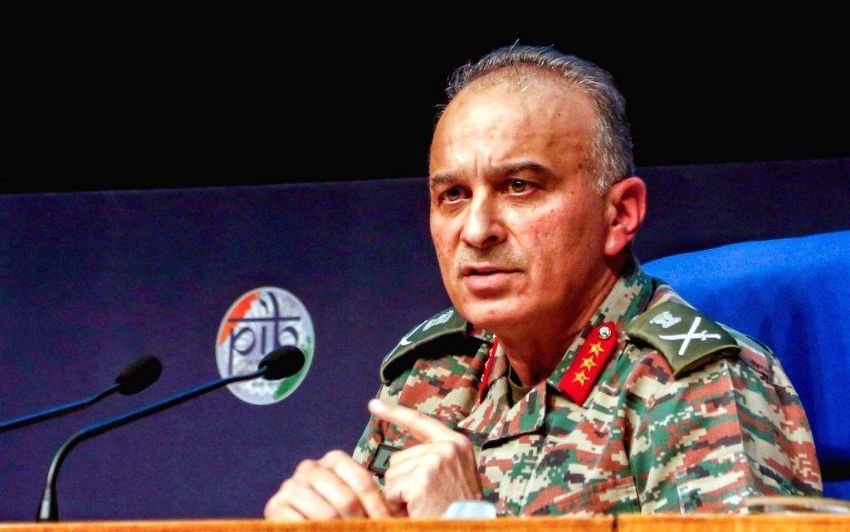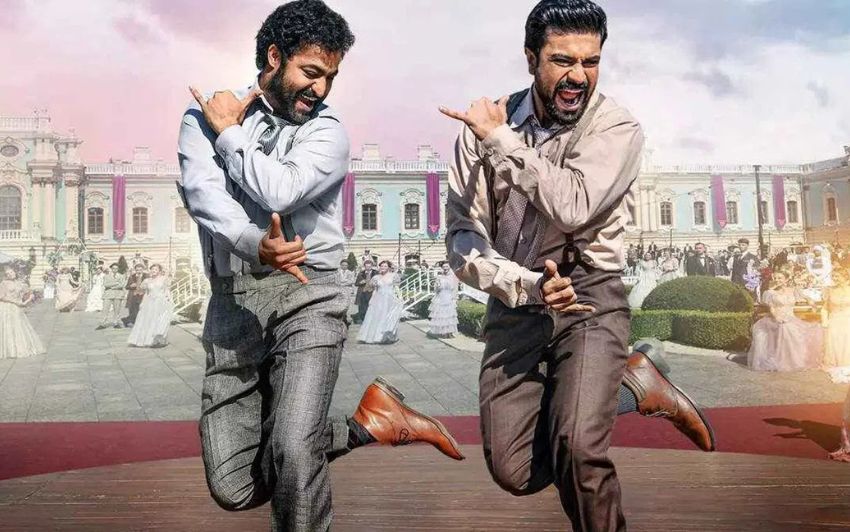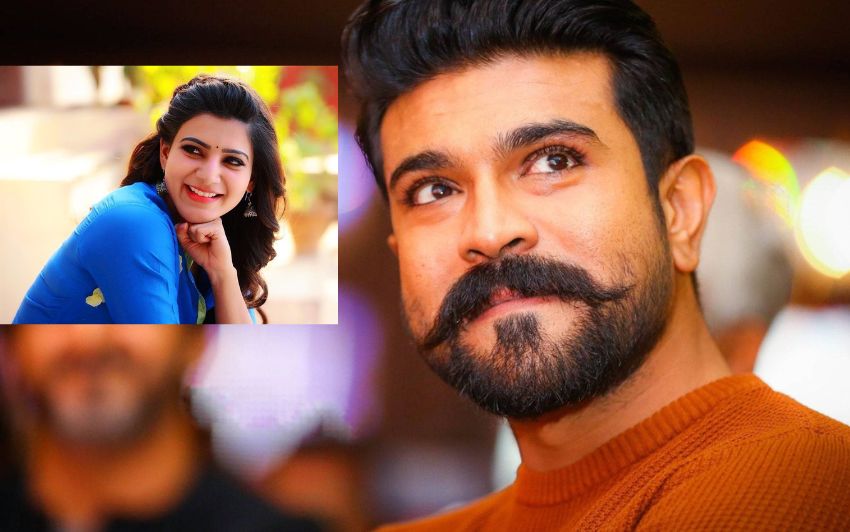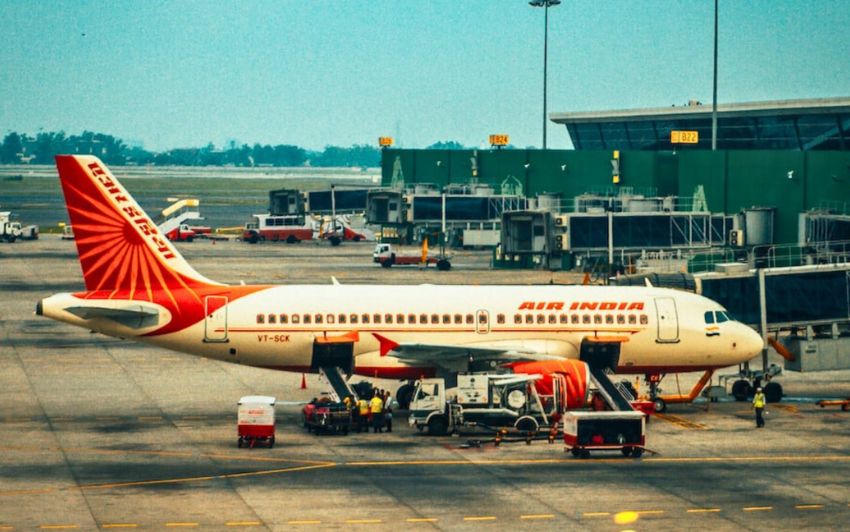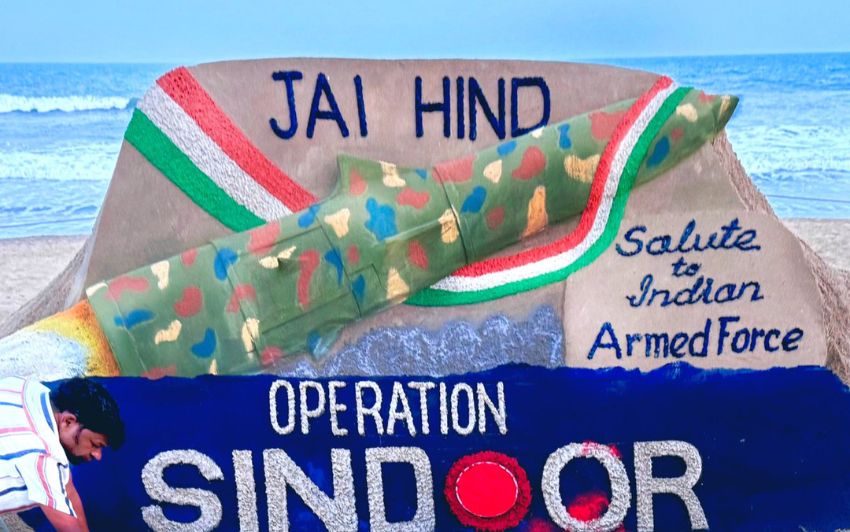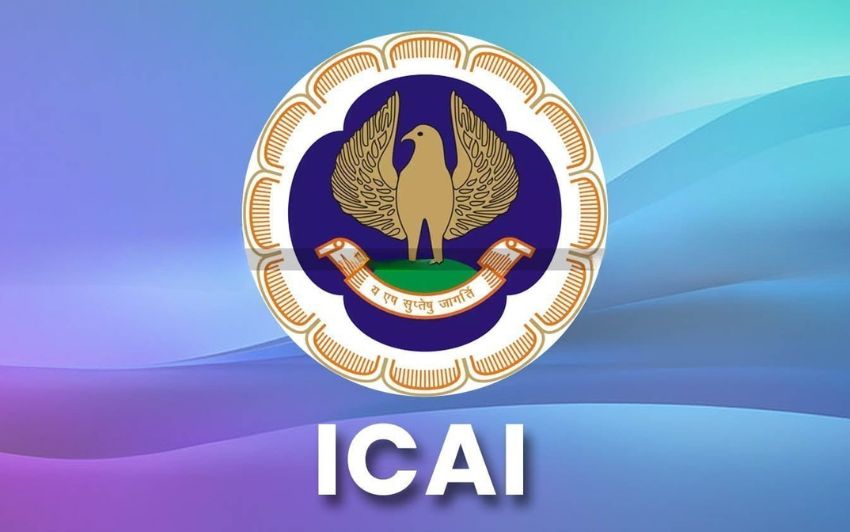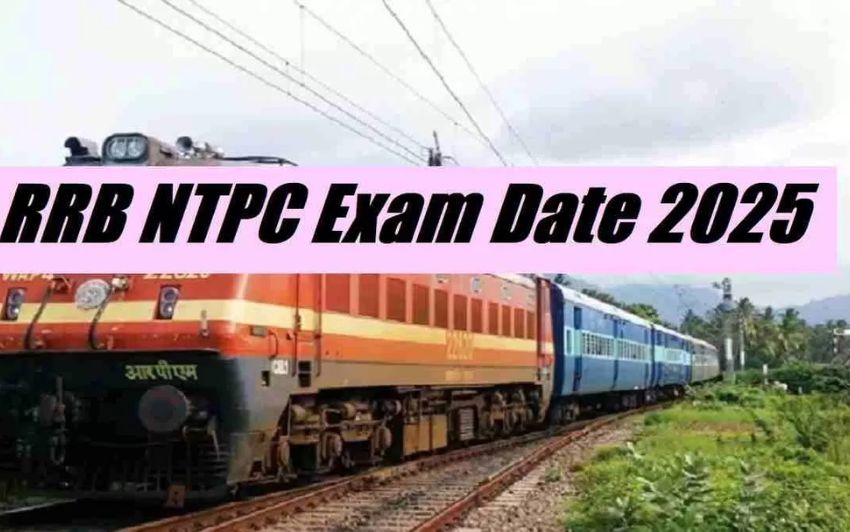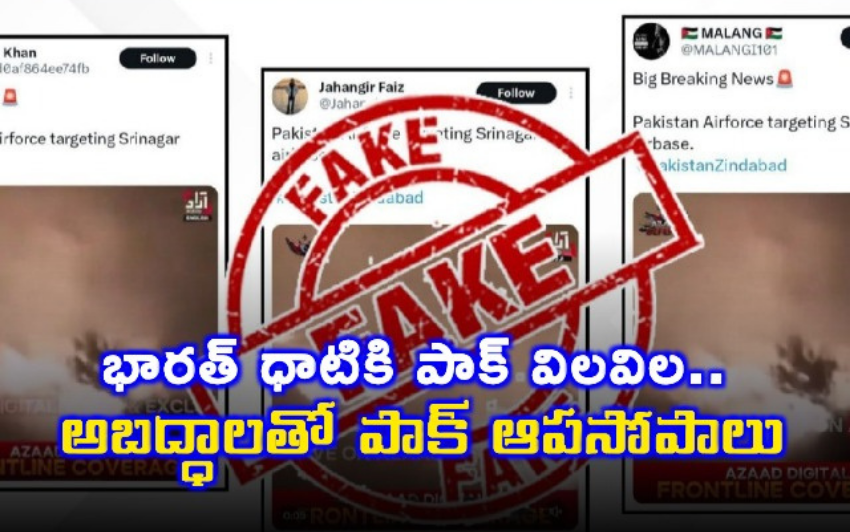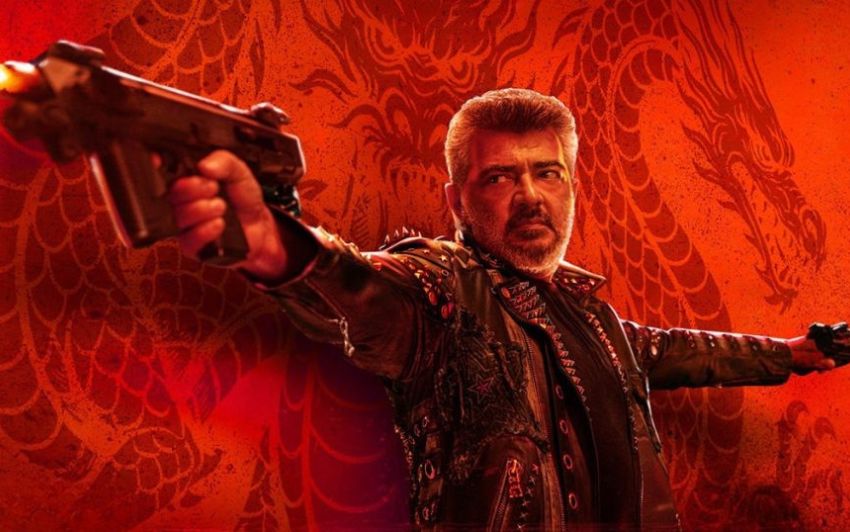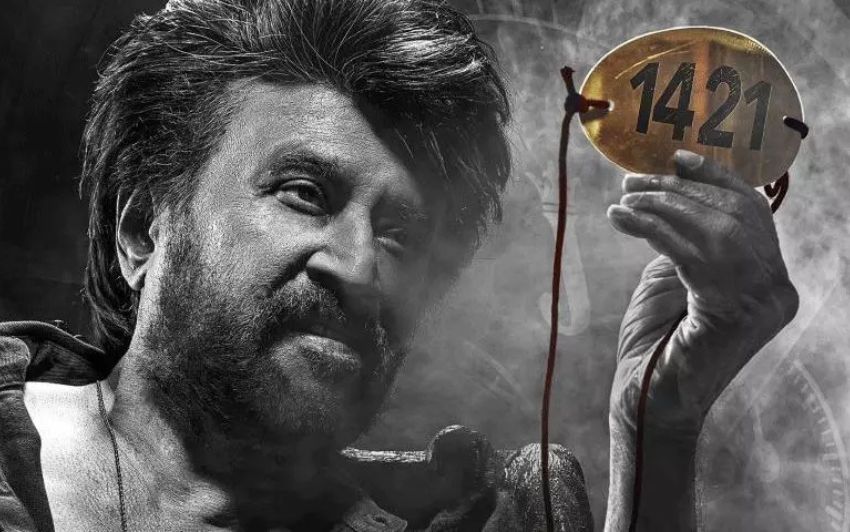India-Pakistan Ceasefire: How the Deal Unfolded Amid Escalating Tensions
The unexpected ceasefire agreement between India and Pakistan, amidst rising tensions, took many by surprise. Former U.S. President Donald Trump’s early announcement on social media caught everyone off guard, as the United States had shown little involvement in the issue until then. Soon after, Indian officials revealed the behind-the-scenes developments that led to this surprising turn of events.
On the morning of May 12, as India’s military launched decisive strikes against Pakistani targets in response to a terror attack in Pahalgam, Pakistan’s military leadership initiated a ceasefire proposal. Pakistan’s Director General of Military Operations (DGMO), Major General Kashif Abdullah, reached out to Indian DGMO Lieutenant General Rajeev Ghai to propose a ceasefire. Despite the initial contact, India chose not to respond immediately and continued with its military actions, including targeting Pakistani airbases and military installations. This reflected India’s strategic decision to leverage its military advantage.
In the midst of this, international pressure was mounting. U.S. Secretary of State Marco Rubio reached out to Indian External Affairs Minister Subrahmanyam Jaishankar, urging de-escalation. However, India continued its strikes, bolstering its position. As tensions mounted, Pakistan appeared increasingly cornered and extended the ceasefire proposal to India once again. While the ceasefire proposal gained traction, many observers were astonished by how quickly the situation shifted from military action to a ceasefire agreement. Indian officials are expected to provide an official response after upcoming DGMO-level discussions between the two countries.

